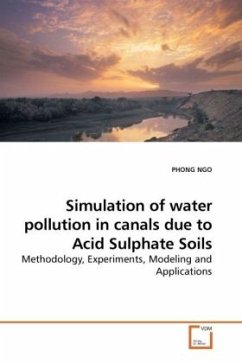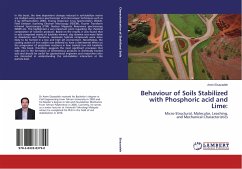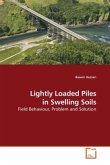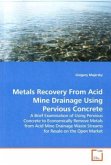Acid Sulphate Soils cause acidic pollution in canal water, which negatively impacts on environmental water and the livelihood of farmers. The problem is particularly acute in the coastal zones, where people already suffer from the consequences of salinity intrusion. This study develops a mathematical model as an analytical tool that can simulate the propagation of acidic pollution and allow planers and managers to decide water management options and other resource management measures to reduce acidic pollution in the canal network of a coastal plain. The field and laboratory studies during 2001-2006 in Ca Mau peninsula, Mekong Delta, Vietnam, in combination with statistical and GIS-based analyses were applied for the modelling. The model is the first of its kind able to simulate the temporal and spatial dynamics of changes of pH (as an indicator of acidity) at a regional scale, together with salinity and water flow characteristics in a tidal canal network. It can be applied in the investigation of the effects of different water and other resource management options on the extent of acidic pollution in the coastal canal networks.
Bitte wählen Sie Ihr Anliegen aus.
Rechnungen
Retourenschein anfordern
Bestellstatus
Storno








